
Gonna be one of those days ...
Carolina Naturally is read in 192 countries around the world daily.


Mr. Speaker, the President's dishonesty, incompetence, vengefulness and lack of moral compass lead many to suggest that he is not fit to lead.
The only problem is that his vice president is equally unfit and even more embarrassing

Bill Maher: Ronald Reagan was an anti-government, union busting, race bating, anti-abortion, anti-gay, anti-intellectual who cut rich people’s taxes in half, had an incurable case of the military industrial complex, and said Medicare was socialism that would destroy our freedom. It sounds to me like he would fit in just fine. …
Even though Reagan did a few things today’s GOP would not like, he wrote the playbook for them for every issue of consequence. Sure he raised taxes a few times, but when you look at where he started with taxes and where he ended, this is where our income inequality problems began. He invented voodoo economics. …
On race his ideas could not be more ‘Tea Party’. He ran on states’ rights. He invented the notion that black people get all the breaks. …
He described the New Deal as Fascism, Medicare recipients as waiting for handouts, unemployment insurance as prepaid vacation for freeloaders. When they hold up signs that say no socialized medicine, where do you think they got it from? …
Ronald Reagan: And if you and I don’t do this, then you and I may well spend our sunset years telling our children and our children’s children what it once was like in America when men were free. …
Bill Maher: Worst of all Reagan inspired a whole generation of people who hate government to get into government. …
Stop agreeing he was a saint especially when his two miracles were turning water into polluted water and walking on the poor.
 Among
the world’s major nations, documents the UN agency dedicated to labor
matters, only one currently has a level of inequality both high and
rising.
Among
the world’s major nations, documents the UN agency dedicated to labor
matters, only one currently has a level of inequality both high and
rising.

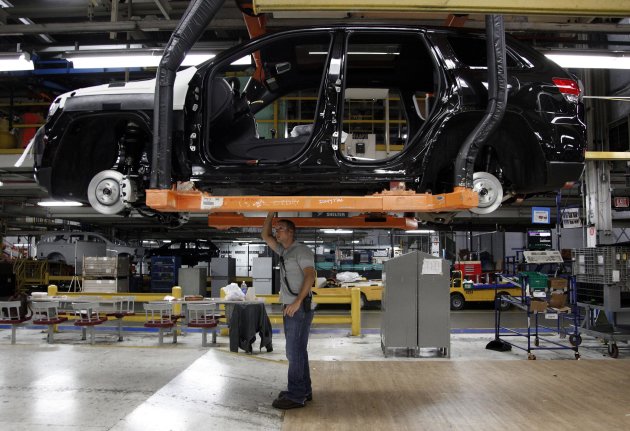
 It
can get really hot inside the train cab, but male employees are
forbidden by management to wear shorts. Thankfully, they've figured out a
way to, ahem, skirt around the ban:
It
can get really hot inside the train cab, but male employees are
forbidden by management to wear shorts. Thankfully, they've figured out a
way to, ahem, skirt around the ban:"Of course people stare at you a little when you are on the platform, but you just have to put up with it," train driver Martin Åkersten told the local Mitti newspaper.
Åkersten is one of a group of 13 male employees who have been wearing skirts in order to keep cool while working the Roslagsbanan commuter train services.
"It can be over 35 degrees Celsius in the train cab on hot summer days," he said.
Åkersten's employers Arriva have meanwhile responded positively to the move and have given their approval to the men in skirts.
"To say anything else would be discrimination," communications head Thomas Hedenius told the newspaper.


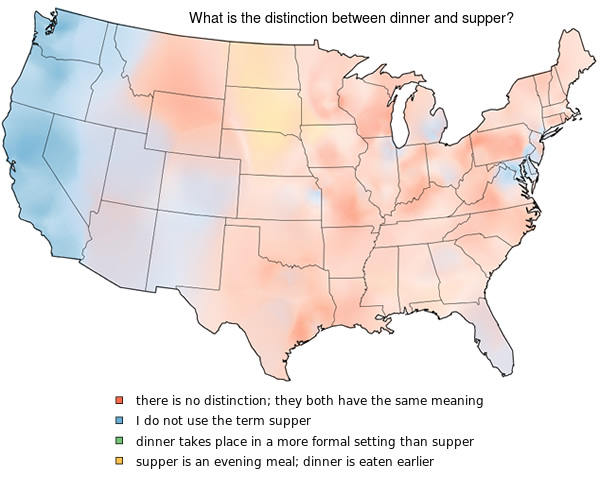
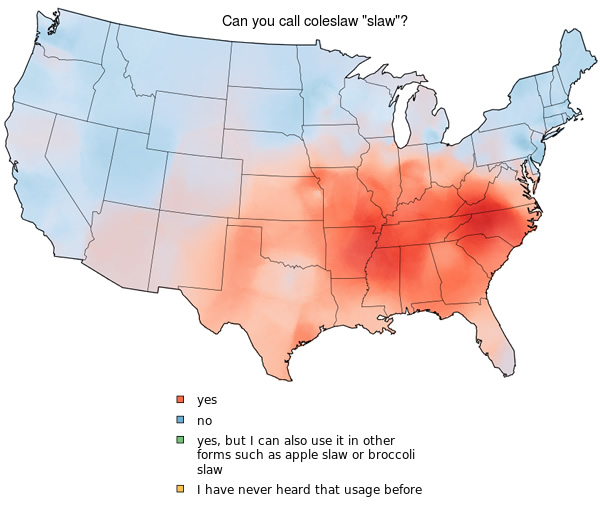

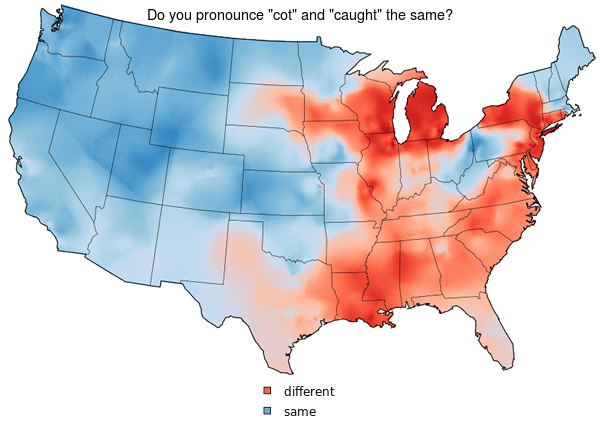
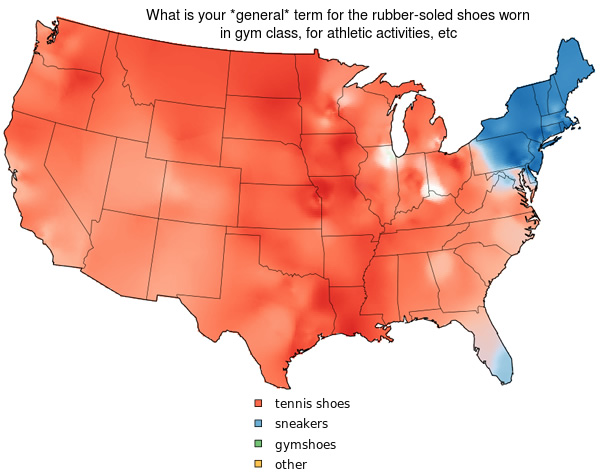

 Actor
John Malkovich may have saved the life of an American tourist in
Canada. Jim Walpole, 77, and his wife Marilyn of Defiance, Ohio were in
Toronto when Mr. Walpole tripped and cut his throat on a piece of
scaffolding:
Actor
John Malkovich may have saved the life of an American tourist in
Canada. Jim Walpole, 77, and his wife Marilyn of Defiance, Ohio were in
Toronto when Mr. Walpole tripped and cut his throat on a piece of
scaffolding:Marilyn, who is a retired nurse, was concerned that her husband might have been cut on the carotid artery or the jugular vein and yelled for help.
Malkovich acted quickly and knew just what to do to stop the flow of blood until paramedics arrived, Walpole said.Chris Mathias, a doorman from the King Edward Hotel, also sprinted to help the man when he fell on Thursday night. He said he found Walpole lying on his back in a pool of blood.“I believe (Malkovich) was having a cigarette and witnessed the whole thing happening, he placed his hand and started applying pressure to the man’s neck didn’t let go until the ambulance arrived,” Mathias said. [...]After his frightening experience, Walpole said he definitely plans on watching Malkovich’s movies.
“I never had the opportunity to see him and thank him after the incident. I asked him what his name was and he said it was John.”

In Japan, a stunted pinkie signifies membership in the yakuza, or Japanese mafia. In a ritual known as "yubitsume," yakuza members are required to chop off their own digits to atone for serious offenses. The left pinkie is usually the first to go, though repeated offenses call for further severing. As a result, those who get out, have a hard time finding work because of the stigma attached to those missing fingers.If you can get out of the yakuza alive and want to live a normal life, how can you avoid the stigma of missing fingers and all that they imply? Dr. Shintaro Hayashi's solution was to construct highly realistic prosthetic fingers:
The doctor molds silicone prosthetic pinkies, made to seamlessly mask the amputation, making for a smoother transition to the outside world. Priced at nearly $3,000 each, the fingers are carefully painted, to match the exact skin color of the client. Former yakuza members, who make up 5 percent of Hayashi's business, often keep several sets of fingers for different seasons – the light skinned version for winter, and a tanned look for summer.One client, Shigeru Takei, described his fake fingers as essential to his post-yakuza success:
Takei's current wife convinced him to turn his life around after years spent in jail, but his missing fingers prevented him from landing a job.
"The first time I applied for a job, I got cut after the interview. I couldn't write the truth in my resume because I had been in the yakuza for 20 years," he said. "If you don't have fingers, there's no way to get a sales job."
Takei sought out Hayashi eight years ago after an extensive web search for a prosthetics maker, and credits his fingers for helping him turn his life around. He now works for a home makeover company and says he's only been questioned about his fake fingers once.

As our understanding of the universe increases, I predict that the human head will trend larger to accommodate a larger brain. But instead of some orthogonal evolutionary path that ends up with the 210th century human a la Futurama’s Morbo the anchor-alien, the rule of viable human biology will still apply and so the entire head will trend larger, though with a bias for a greater cranium growth than facial growth; the human 20,000 years from now would look to us like someone today except we would notice the forehead is subtly too large. [...]Read the rest over at Lamm's blog: Here.
While evolution in space is only beginning to be explored today, I would hazard a guess that millennia of human space colonization of Earth-orbit and other solar system space colonies will also select for…
1. Larger eyes in response to the dimmer environment of colonies further from the Sun than Earth.
2. More pigmented skin to alleviate the damaging impact of much more harmful UV radiation outside of the Earth’s protective ozone.
3. Thicker eyelids or a more pronounced superciliary arch to alleviate the effects low or no gravity that disrupt and disorient the eyesight of today’s astronauts on the ISS.


